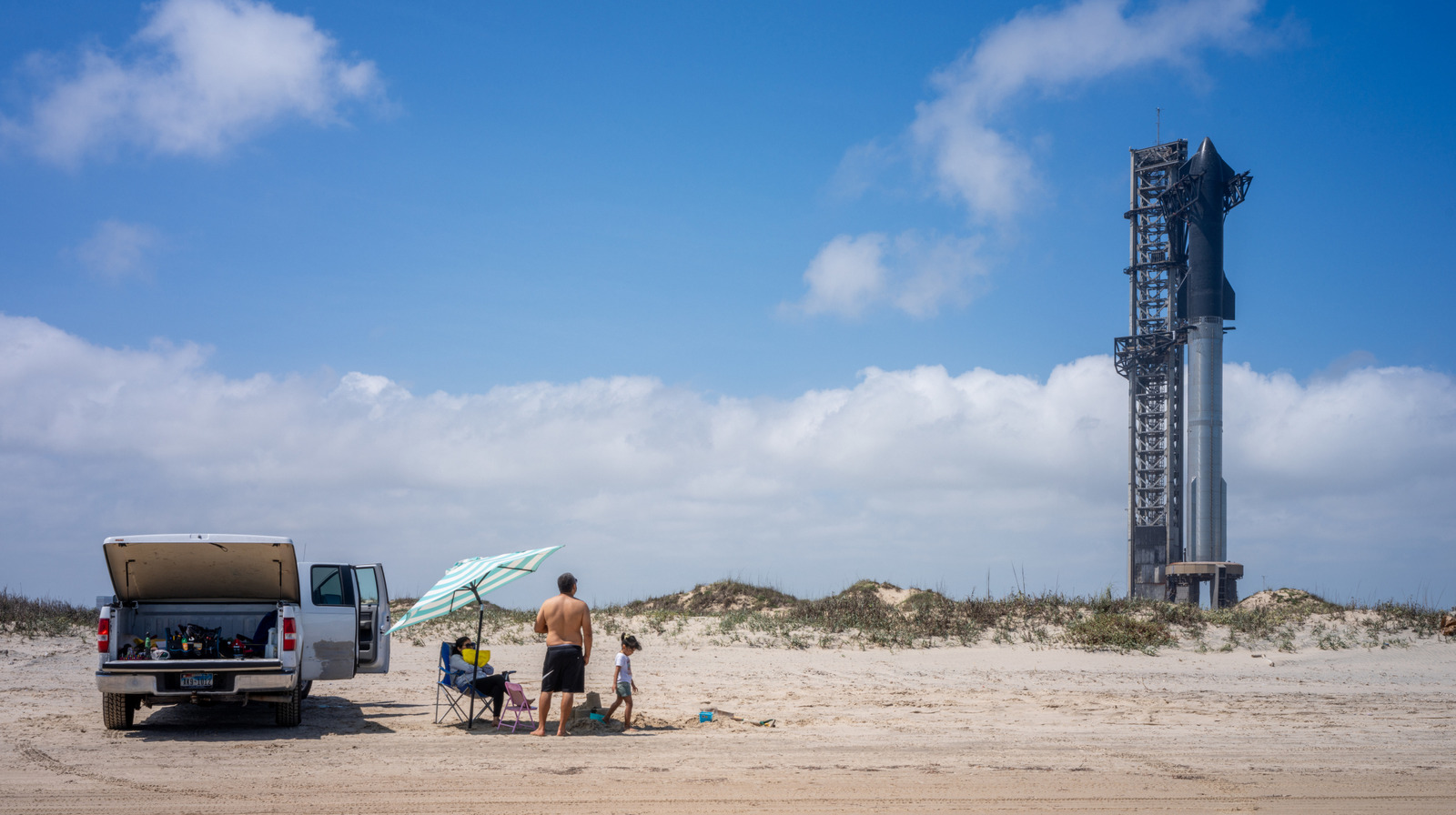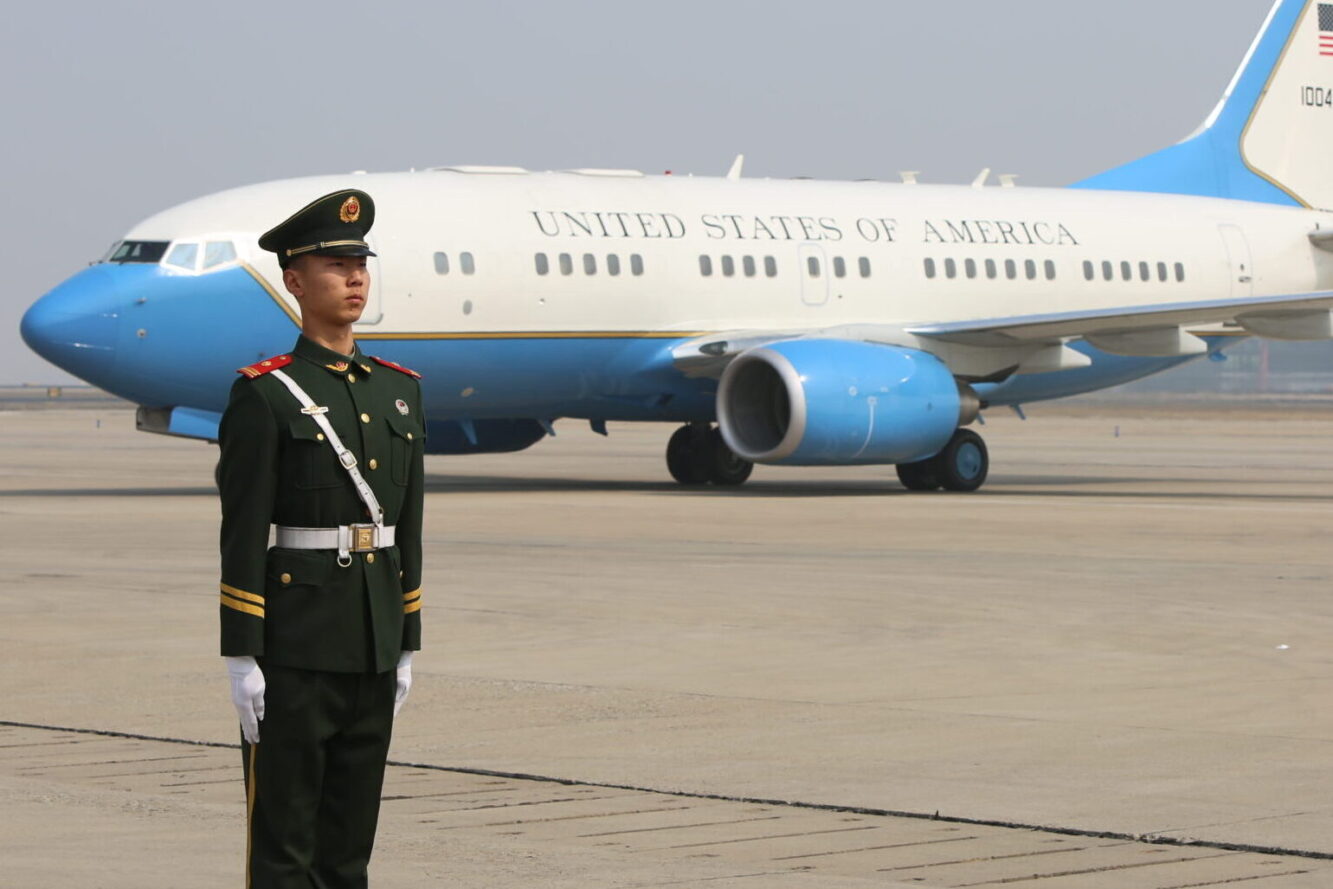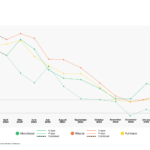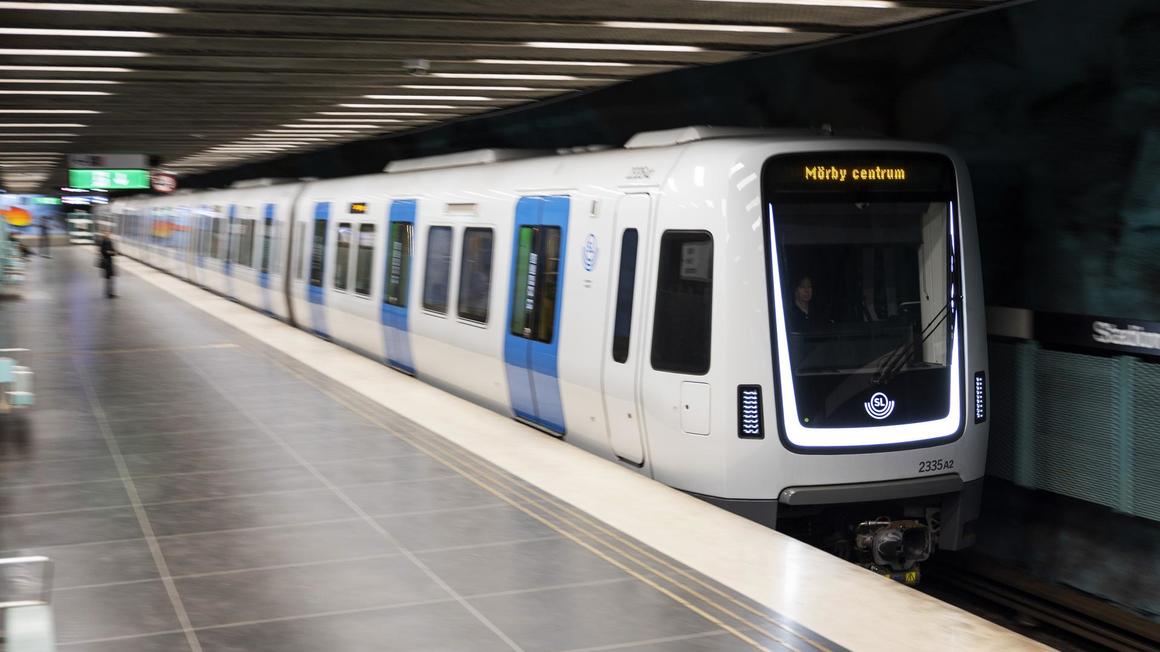Ocean carriers blank sailings as bookings drop
Ocean rejection rates spike as bookings fall (Chart: SONAR Container Atlas) Much of the focus the past several days has been on the drop in ocean bookings from China to the U.S., and with good reason. The SONAR Ocean Booking Volume Index from China to the U.S. is now down about 50% year over year, […] The post Ocean carriers blank sailings as bookings drop appeared first on FreightWaves.

Ocean rejection rates spike as bookings fall
(Chart: SONAR Container Atlas)
Much of the focus the past several days has been on the drop in ocean bookings from China to the U.S., and with good reason. The SONAR Ocean Booking Volume Index from China to the U.S. is now down about 50% year over year, roughly in line with the reported average from ocean carriers and other data sources. A FreightWaves article published last week goes into detail.
(Chart: SONAR Container Atlas)
A related dataset that has moved sharply in recent days is the Ocean TEU Rejection Index from China to the U.S. It’s now up over 20%, which only has historical precedent during the early days of COVID and the rush surrounding major Chinese holidays. To mitigate the impact that falling demand will have on rates, carriers are employing a range of tactics including deploying smaller vessels, blanking sailings and suspending entire service loops (regular routings that call on a set sequence of ports). In fact, according to Flexport, ocean carriers are reducing capacity from China to the U.S. at a rate faster than the early days of COVID. Summer goods are already on shelves or in warehouses, but the sharp reduction in capacity presents risks to goods availability in the fall. Those strategies are helping to keep container rates relatively stable.
Transportation earnings season has largely been a flurry of cuts to expectations
Here is a sample of the earnings writeups on FreightWaves.com:
- Tariffs trim Schneider National’s 2025 growth expectations
- Losses continue to mount at Heartland Express
- Werner CEO Leathers confronts losses, outlines plans to bounce back
- New decline on weak earnings delivers fresh pain to Wabash stock
- UPS to eliminate 20k jobs as Amazon decoupling accelerates
Tender rejection rates depressed in many multimodal hub cities
The Long-haul outbound tender rejection rate is shown for Los Angeles (yellow), Newark, New Jersey, (green), Chicago (red), Atlanta (peach) and the U.S. as a whole (white). (Chart: SONAR)
Domestic intermodal companies and Class I railroads have recently described how the competitiveness with truckload is keeping a lid on intermodal rates despite intermodal volume that grew in the mid-single digits in the first quarter. Looking at long-haul tender rejection rates, which limits the datasets to lengths of haul exceeding 800 miles to exclude many noncompetitive loads is one way to monitor the competitive dynamic between truckload and intermodal.
Average long-haul tender rejection rates typically exceed rejection rates for other lengths of haul, as they do currently. (The national long-haul tender rejection rate is 5.55% versus a national tender rejection rate of 4.95% for all lengths of haul.) What also stands out is that long-haul tender rejection rates are significantly below the national tender rejection rate for many locations that serve as major intermodal hubs. Most notable is the depressed long-haul Los Angeles and Atlanta outbound tender rejection rates of just 2.5% and 2.9%, respectively. Those rates suggest that carriers are accepting nearly all loads available on the contract market and imply that shippers may be able to move freight at lower rates on the truckload spot market. One example is the Atlanta-to-Chicago lane – SONAR Market Dashboard shows a highway spot rate of just $1.35 per mile, well below the highway contract rate of $2.29 and even below the intermodal contract rate in SONAR of $1.48. (All rates include fuel surcharges.)
The Stockout on final mile at Werner
(Image: FWTV)
On Monday’s The Stockout, FreightWaves’ retail and CPG show, Grace Sharkey and I discussed the impacts of tariffs and Sharkey interviewed Meg Meurer, vice president of dedicated and final-mile sales at Werner Enterprises.
As Meurer explained, Werner has built an extensive training program to ensure that final-mile customers are getting white-glove treatment, whether that involves the delivery of furniture or appliances at a residence or specialized equipment at a hospital or auto assembly plant. Staff is trained on installation, assembly and disassembly. The training involves role-playing and ride-alongs to help drivers deal with unique situations, which could include an unruly dog or a customer with disabilities.
Monday’s show can be viewed on The Stockout YouTube channel.
To subscribe to The Stockout, FreightWaves’ CPG and retail newsletter, click here.
The post Ocean carriers blank sailings as bookings drop appeared first on FreightWaves.
























































































































































